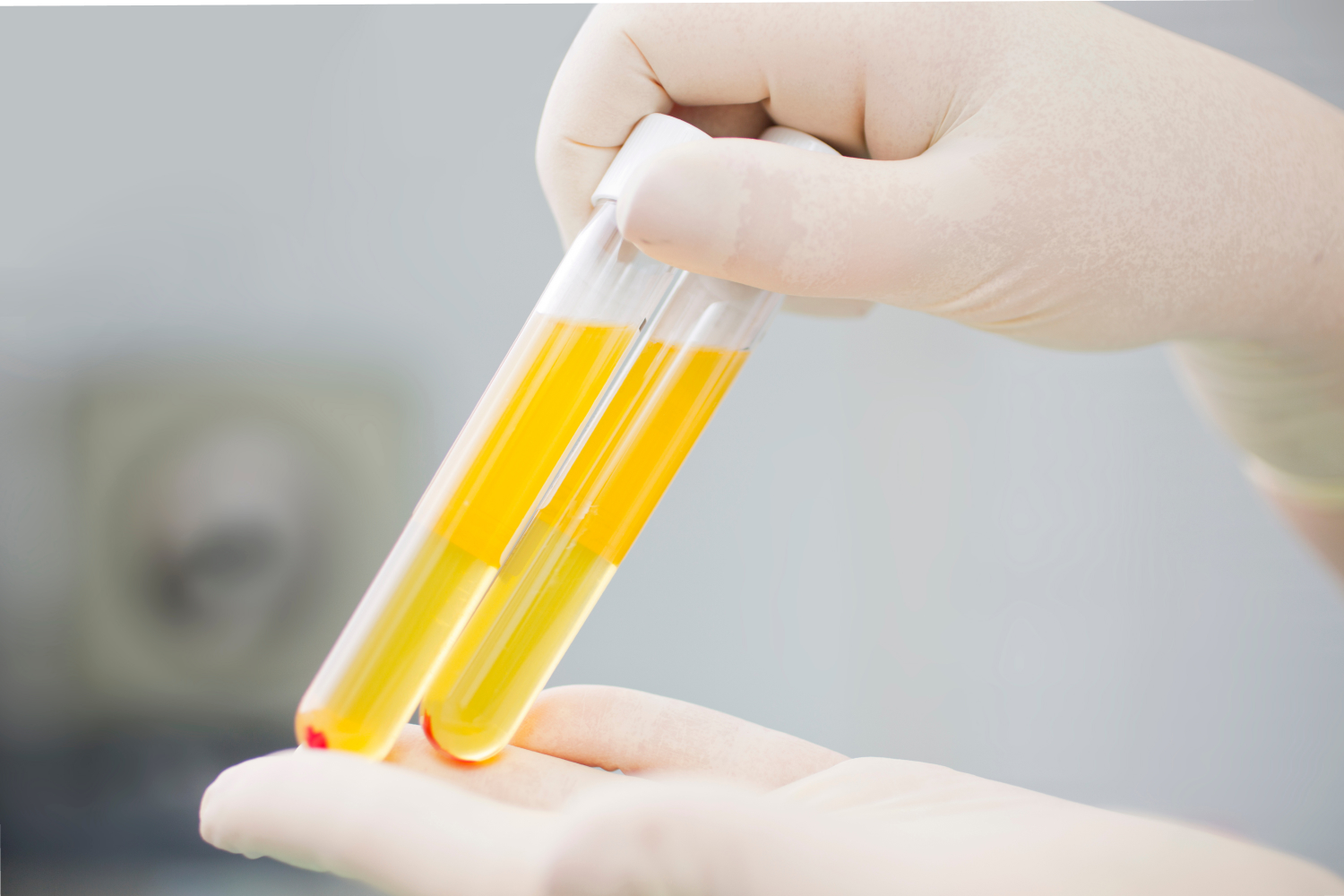Formalin-fixed paraffin-embedded (FFPE) tissues are a staple in modern biospecimen research. As the name suggests, these tissues are first preserved in formalin, or formaldehyde, and then preserved in a paraffin wax, leading to an overall stable, storage-ready preservation of a tissue that can be analyzed in its current state without the fear of tissue decay.
How can we use FFPE tissues in cancer research? Below we will comprehensively discuss FFPE tissues and their role in biospecimen research, their advantages and disadvantages, and where to obtain them in high quantity and quality.
How To Prepare FFPE Tissues
To fully understand FFPE tissues and their role in cancer research, first we need to know exactly how they are prepared and what kind of biospecimens we can prepare them with.
Initially, tissue material must be obtained either from large tissue biobanks or biorepositories, or from an individual patient. In cancer patients specifically, sections of a tumor may be biopsied to ultimately undergo the FFPE process. Physicians may biopsy more than one tumor in a patient as well if there are metastases, and other times they may biopsy the patient’s healthy tissue as well to serve as an active comparison to their tumor cells.
The FFPE process is a form of fixation, or the preservation of biological tissues to prevent decay. When a tissue is fixated, not only does the natural decay process halt, but biological processes terminate as well.
Fixation is achieved by applying a chemical called formaldehyde (also called formalin). Formaldehyde effectively cross-links proteins in the tissue via covalent bonds, rendering the tertiary structure ineffective but observably stable. Not only does this process chemically “freeze” the tissue, it also mechanically strengthens it, rendering it more stable in the final preserving additives.
The final step in preparing an FFPE tissue sample prior to sectioning involves embedding the fixated sample in paraffin wax. The steps in this process differ from tissue to tissue as well as from facility to facility, but ultimately the desired tissue will be dehydrated and then embedded in a layer of wax that assists to further preserve and protect the specimen.
Following embedding, the specimen can be sectioned into the desired cross-sectional plane to be microscopically observed.
What Are the Applications of FFPE Tissues?
Now that we know how to prepare FFPE tissue specimens, how can they be used?
One of the largest areas of FFPE application is oncology. Modern comprehensive cancer diagnosis and treatment options predominantly incorporate biopsy to formally stage and characterize cancers. Researchers and clinicians can observe FFPE slides of a patient’s tumor to identify specific proteins.
In addition, laboratory personnel can also utilize another characterization strategy called antigen retrieval techniques with FFPE tissue samples. This will allow very small, previously unobservable features of a tumor, such as the presence of specific DNA, RNA, and small protein structures, to be identified.
The presence or absence of these features can make a huge difference when determining a diagnosis or deciding whether or not a therapeutic antibody can be utilized in a patient’s treatment.
Hematology and immunology benefit similarly to oncology when utilizing FFPE.
Studying bone marrow with FFPE samples can be applied to a variety of different fields of study, such as genetics, tissue regeneration, and toxicology. Furthermore, autoimmune conditions can be more accurately described when studying FFPE tissue samples from a person with an autoimmune disease.
Immunohistochemistry (ICH) refers to the process of identifying antibody-protein complexes as an application of immunostaining.
IHC is a common laboratory application of FFPE tissues, and it is particularly useful in cancer research. In just the past 50 years, researchers commonly believed the only way to derive a cell’s antigenicity features was to utilize fresh or frozen whole tissues. Today, however, there are multiple methods of acquiring that information from FFPE tissues, further expanding their utility and expanding cancer research capabilities.
The immunoperoxidase method with or without specific antigen retrieval techniques now allows researchers to use FFPE tissues to determine the same information much faster and at a much lower cost.
This solution isn’t perfect, though, and some antigenicity can be lost in a matter of weeks or years with the FFPE method depending on the specific antigen, so consulting with biospecimen specialists can be imperative to making sure your research is right for using FFPE tissues.
Cancer research utilizing FFPE depends on the identification of cellular structures and, most importantly, the presence or absence of immunological cell features that can serve as drug targets for immunochemotherapy agents.
For example, in certain blood cancers, rituximab is a chimeric monoclonal antibody against the protein CD20, which is primarily found on the surface of immune system B cells. IHC can identify this protein with special staining and immunostaining processes in FFPE tissues and decide whether rituximab will be a useful immunological agent in treating a patient’s blood cancer.
IHC in FFPE tissues can dramatically speed cancer research. Not only are FFPE tissues typically very obtainable, they are typically less expensive than fresh or frozen samples. They can be accessed in larger quantities, as well, adding scientific reassurance and reproducibility into a research effort.
What Are the Advantages and Disadvantages of FFPE Tissues?
While there are certainly many obvious applications regarding using FFPE tissues in facilitating research, there are sometimes many situations when FFPE tissues may not be useful at all. What are some major advantages and disadvantages of using FFPE tissues in your research?
Advantages
Storage at ambient temperature
Due to the method of fixation and preservation, FFPE tissues do not need to be stored at temperatures below ambient temperature. The cellular structure has been covalently cross-linked with formalin and subsequently protected and preserved in paraffin wax.
Therefore, normal decomposition or proteolysis that might occur naturally at ambient temperature fails to occur, allowing the tissues to be stable. There are many additional advantages to ambient temperature storage.
Lower cost than storing in a freezer
As previously mentioned, FFPE tissues can be stored in a room-temperature environment. Therefore, they do not need to be stored in an expensive, money and space-consuming high-quality freezer to ensure the quality of the specimens.
Less labor and equipment involved
Building off the lower cost and convenience of FFPE tissue storage and utilization, they also require less labor and equipment overall. No freezers translates to lower equipment costs of maintenance.
Multiple use scenarios for research
Additionally, one often-overlooked facet of FFPE tissues is the fact that they can be used for research more than once. Some volatile, frozen tissues can only be used once before the tissue degrades or is no longer suitable quality. With FFPE tissues, they can be used for multiple various studies without the fear of loss of quality or degradation.
Disadvantages
FFPE tissues may simply not be the right tissue material for a study. Some studies depend on observing the natural physiology or cell degradation in real time. Molecular analysis and native morphology studies notoriously depend on using frozen tissues over FFPE tissues.
There are many other considerations to have when deciding to use FFPE tissue. While proteins can be observed in an FFPE tissue sample, there is concern that they become denatured as well. Ramifications of this include proteins that do not bind to the same antibodies that they would in their natural, living environment.
Building on this concern, nucleic acids isolated from FFPE tissues often are of limited use, hence why they may not be optimal for molecular genetic analysis.
Where To Get FFPE Tissues
FFPE tissues can be readily accessed or obtained from a variety of sources. Large biorepositories may have access to a number of different FFPE tissues of various disease studies.
Alternatively, companies like iProcess Global Research have access to over 1,000 sites internationally to obtain any biospecimen to meet even the most demanding research needs.
Clinical research organizations (CROs) like iProcess can be instrumental in obtaining the right FFPE tissues at the right price, quality, and quantity for a cancer research endeavor.
iProcess has access to retrospective collections of FFPE tissues in biobanks and pathology archives as well as prospective suppliers of FFPE tissues specific for any research project. Extensive networking can be truly instrumental in cancer pathologies or tumor types that become scarce depending on changes in clinical requirements, such as in lung adenocarcinomas.
At iProcess, organizations can expect to find a biospecimen provider capable of finding the right FFPE tissues for the research at hand. The use of their certified biospecimen samples helps support streamlined clinical testing tasks to speed cancer research.
Contact iProcess for more information or request a quote.
Sources:




